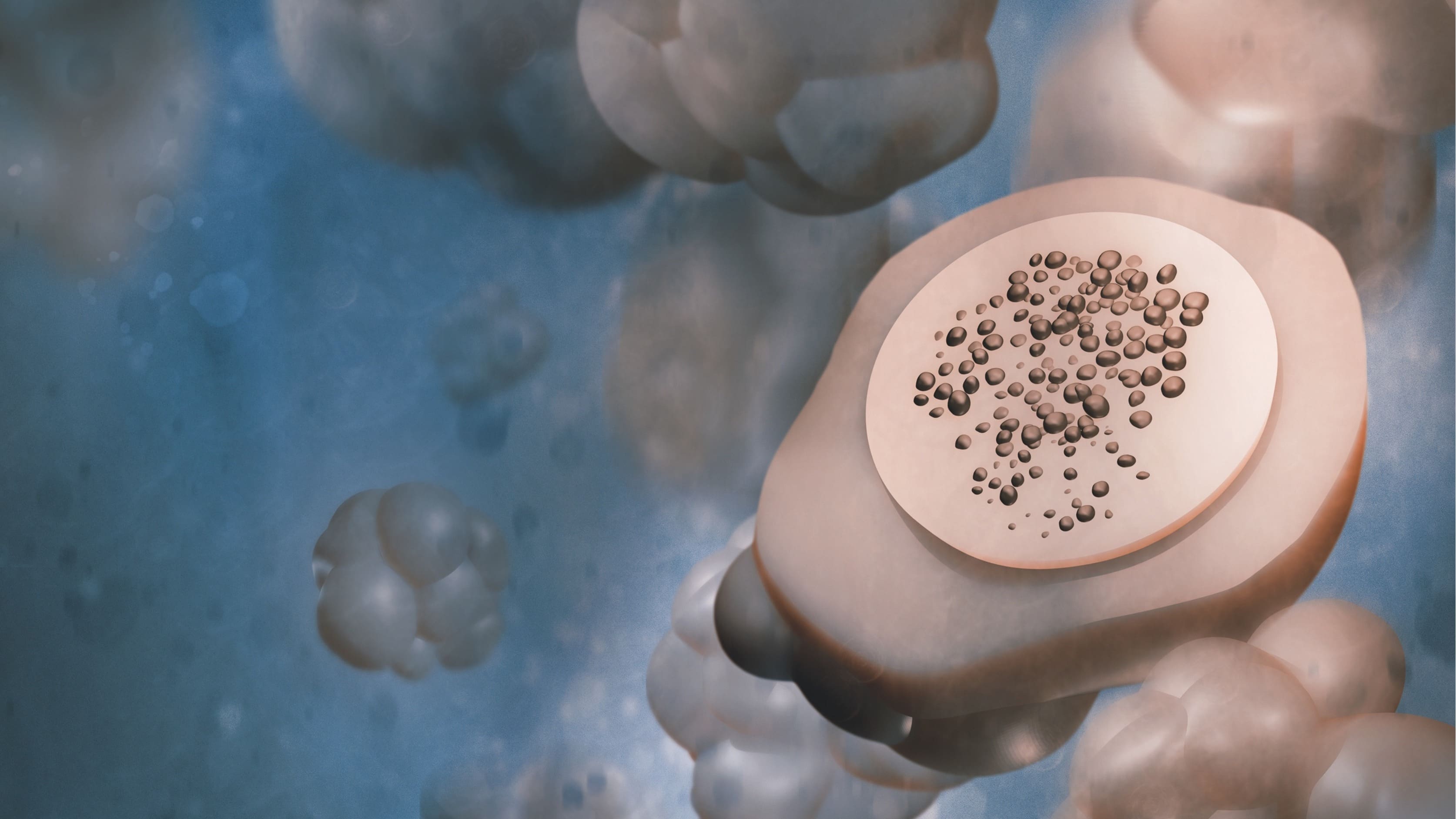Nano and microplastic fate in environments – SPE 20
Measuring plastics in complex media is difficult and time consuming. The utility of metal-doped plastics to systematically study particulate plastic transport and interactions in technical and environmental systems will be explored in this presentation.
Reports on the occurrence of particulate plastics (nano- and microplastic particles and fibers) in the environment emerge on a weekly basis, but the time and resource intensive nature of particulate plastic analysis often hinders researchers from preforming mechanistic studies to understand their fate, transport and biological interactions. Progress is still ongoing to develop methods to measure plastic in field studies, researchers who study these processes in bench top or pilot scale studies can take advantage of an entirely different approach.
In the last years, we synthesized a variety of particulate plastics with an embedded inorganic fingerprint which can be used as a proxy to detect plastic by common analytical techniques for metals analysis. In practice, this allows us to investigate the basic processes and pathways which control particulate plastic fate and provide statistically robust datasets and replicates to form strong(er) conclusions about the associated risks particulate plastics may pose. To highlight the utility of this approach, we have used these materials in a number of different test systems including, for example, 1) mass balance and flux of plastic through a pilot-scale wastewater treatment plant, 2) the use of sewage sludge as a fertilizer and subsequent nanoplastic mobility through porous media, 3) the interaction and uptake of nanoplastics with wheat plants and 4) the trophic transfer of nanoplastic and microplastic fibers from biofilms to snails.
Kurz CV
Dr. Denise M. Mitrano is currently a Swiss National Science Foundation Ambizione Fellow at Eawag (Swiss Federal Institute of Aquatic Science and Technology) and will begin an Assistant Professorship at ETH Zurich in the Environmental Systems Science Department in June 2020. She obtained her Ph D in Geochemistry from Colorado School of Mines (USA) in 2012 while developing methods to measure trace levels of inorganic nanomaterials in complex matrices, including environmental and biological samples. Through her postdoctoral work at Empa (Swiss Federal Laboratories for Materials Science in Technology), she further investigated inorganic nanomaterial release from products and subsequent transformations through their entire life cycle (production, manufacturing, use, disposal, environmental fate) both in the laboratory and using materials flow modeling. In 2017, she began leading her own research team on the fate, transport and biological interactions with particulate plastic (nanoplastics, fibers, microplastic fragments).
Underpinning the research was the development of plastics with an inorganic fingerprint that could be used as a proxy for plastic measurement, which allowed for faster, easier, and more quantitative measurements of plastics by using standard analytical methods for metals. These developments enabled her research team to approach particulate plastic analysis in a unique way and conduct process studies on both the lab and pilot scales to systematically understand particulate plastic in both urban and natural environments.
Furthermore, her interest in tackling a “safer-by-design” approach for both nanomaterials and plastic continues by working on the boundary of materials science, environmental science and policy.
This keynote is part of the Innovation Symposium of the Swiss Plastics Expo
At the Innovation Symposium, you will receive the latest specialist knowledge on 16 topics relating to plastics and plastics processing on two stages. Keynote speakers will report on science, technology and industry. The showcase presentations will give you background information on exciting projects.
Participation in the Innovation Symposium is included in the fair ticket.

